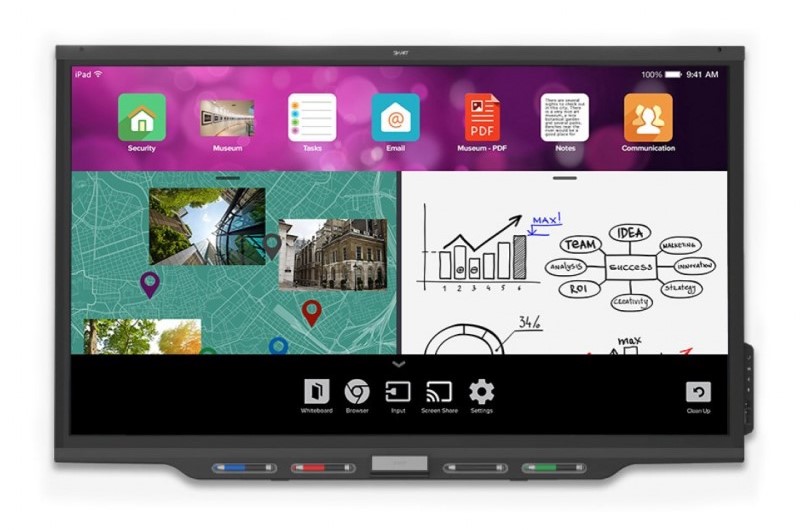

Assign tasks to specific team members based on their availability and expertise. Creating cards for tasks allows you to physically see how much work you’re taking on, and ensure you don’t add too much at once. Use the different parts of the board to display the work in an easy-to-understand manner. Each is designed to provide a visual workflow that keeps the project timeline on track and follows the same core methodology. No matter what method is used to create a Kanban board, they all contain the same key components. Many current models utilize completely digital board platforms designed for quick collaboration, while others prefer a whiteboard with shared, handwritten notes. Kanban boards have evolved since then, and are now useful tools for teams of all sizes in a variety of industries. The purpose of the design was to help improve manufacturing efficiency and create a transparent work process.

In Japanese, “kanban” means “visual sign” or “visual card,” and the concept was originated by Toyota in the 1940s.

Via Wrike's Secure Website History of the Kanban Board


 0 kommentar(er)
0 kommentar(er)
